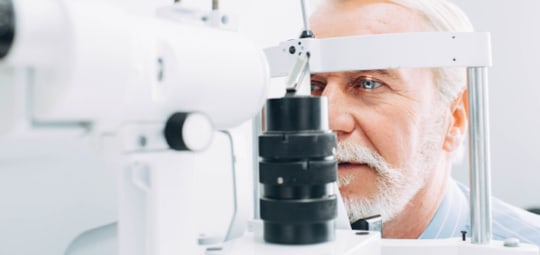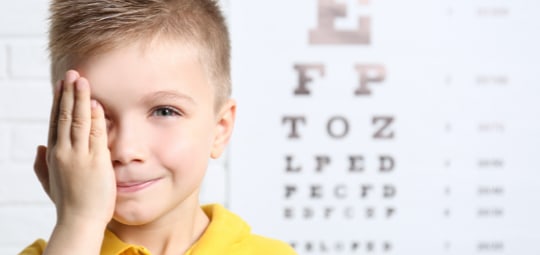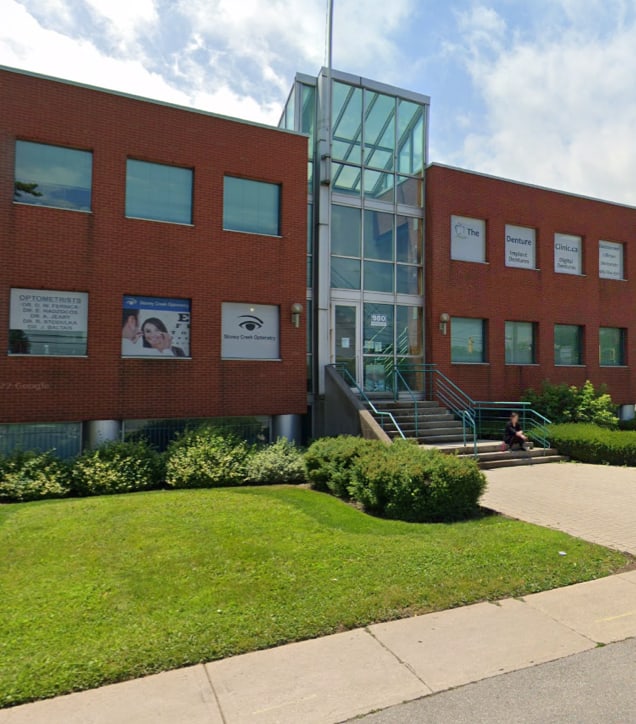Your vision plays a vital role in your day-to-day life, but that doesn’t mean it’s always going to be perfect. Refractive errors are common, and many people find themselves using some form of vision correction, like prescription glasses. But glasses don’t last forever, and your eyes may change over time. So how often should you get new glasses?
You should replace your glasses roughly every 2 years or if you begin to notice issues with your vision. Your eyes, prescription, and vision can change as you get older, and this may lead to blurry vision or other symptoms. If you notice any problems with your vision, you should schedule a comprehensive eye exam with your optometrist so they can perform a thorough examination of your eyes and get you an up-to-date prescription.
How Important Is an Up-to-Date Prescription?
Your eyes are extremely complicated organs that change over the course of your life. As you age, their overall health can change, which can lead to refractive errors or other vision conditions and eye diseases. This makes it essential to regularly visit an optometrist for up-to-date information on your prescription and overall eye health.
Routine eye exams give us the opportunity to monitor your eyes and determine if there are any serious changes developing. We can then use the information we get during an eye exam to get you a pair of glasses that help you see your environment clearly.
Whether you need to drive, read a book, watch a show, or enjoy your hobbies, your vision is an incredibly useful part of your daily life, and care from an experienced optometrist is vital for keeping it clear.
What Are the Side Effects of an Outdated Prescription?
It isn’t just the fact that an up-to-date prescription helps keep your vision clear. Even though it may seem harmless, outdated glasses can have other negative side effects on your eyes too, including:
- Causing eye strain and discomfort as your eyes work harder to focus
- Reduced visual clarity
- Increasing your risk of accidents caused by blurry vision
Another notable problem with wearing outdated glasses is that you may not notice other conditions developing. Several eye conditions begin with feelings of eye strain or blurry vision, and if you’re wearing outdated lenses, you may falsely attribute those symptoms to your older glasses. This could potentially lead to a condition developing without you noticing and allow it to progress without being caught.
How Do You Know You Need New Glasses?
Fortunately, there are some key signs to look out for when you think you may need new glasses, including:
- Blurry vision, frequent squinting, or difficulty focusing—even if you’re wearing glasses.
- Eye strain or eye fatigue, especially when performing activities like reading or working at a computer
- Difficulty seeing in low-light conditions
- Seeing halos around light sources
- Headaches
It’s also common to frequently rub your eyes or temples if your glasses are outdated because your eyes are working harder to focus on objects. If you notice any of these symptoms, you should schedule an appointment with your optometrist to evaluate your eye health and update your vision prescription.
How Often Should You Replace Your Glasses?
It isn’t just eye conditions that determine whether or not you should update your glasses. In many cases, you should replace your glasses roughly every 2 years or so simply because of their condition. Even if your prescription doesn’t change, the glasses themselves may be developing wear and tear that can cause discomfort or vision problems.
It can help to speak with your optometrist if you’re unsure of whether or not to replace your glasses. You should visit your optometrist at least every 1–2 years for comprehensive eye exams, especially if you have a refractive error that’s causing you to need glasses.
As you get older, eye conditions can often change and get worse. This can lead to vision issues if those changes are left unaddressed, so it’s important to work closely with an optometrist who can help keep your vision clear.
Where Can You Get New Glasses?
At Stoney Creek Optometry, we know your vision is essential to your daily life. An outdated prescription can cause problems when you’re trying to see things clearly, and our team of experienced optometrists is here to help you get an updated prescription that meets your vision needs.
When you’re ready to get new glasses, you can get started by browsing our frames and lenses online. When the time comes to visit us, request an appointment to get a full evaluation of your eye health—and help selecting a new pair of glasses!





















